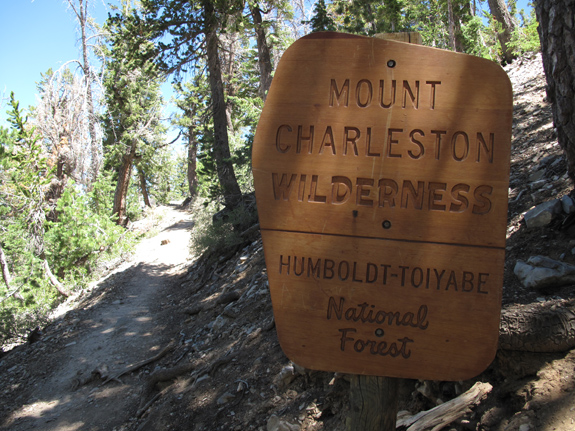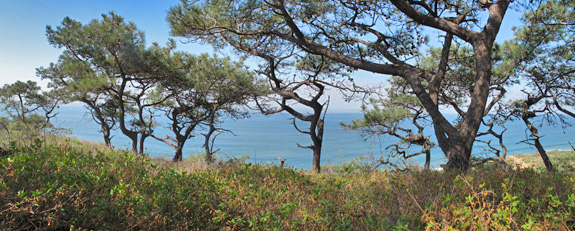Original Publication DATE: 11/7/2012
A sequence of five elevated marine terraces along Jug Handle Creek in coastal Mendocino County constitutes a nationally and internationally famous ecological staircase. So outstanding is the combination of canyons, terraces and ancient dunes, tall redwoods and firs, bishop pine forest and dwarfed pines and cypresses that…It has become a Mecca for naturalists, botanists, ecologists, pedologists (soil scientists), geographers and nature-oriented laymen. It is being praised as the best preserved ecological showplace of coastal landscape evolution anywhere in the northern hemisphere.
–Hans Jenny 1973
Throughout the Pleistocene, as the climate fluctuated, sea levels rose and fell in conjunction with the size of the polar ice caps thus allowing oceanic wave-action to cut coastal terraces around the world. Subsequent tectonic forces then slowly pushed these terraces upward. What we now witness in coastal Mendocino County is, as Jenny states, the best preserved ecological showplace of coastal landscape evolution in the Northern Hemisphere.
Through other dynamic processes, beach materials like sand, gravel, clay and other rock have been deposited on the terraces at varied depths. Directly adjacent to the Pacific Ocean on the first step, wind sculpts coastal scrub and grassland on coastal bluffs or “Bonsai” beach and bishop pine forests just inland. A bit further up the staircase, out of reach of the salty air, ample precipitation, Pleistocene and Holocene sand dunes, and deposition of nutrient-rich conifer needles offers the abiotic needs for trees with deep roots and tall shoots. However, the most amazing staircase story begins just to the east of the ancient dunes.
Continue reading “The Ecological Staircases of Mendocino County”


